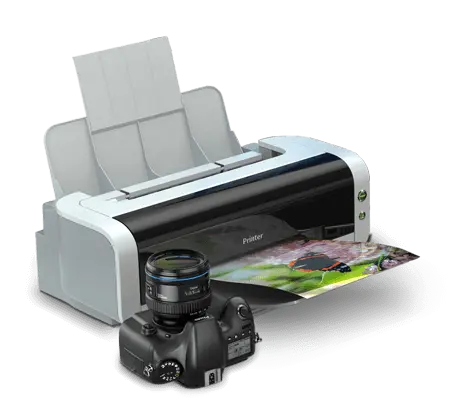On-The-Go
Overview
USB On-The-Go (OTG) introduces the dual-role device, meaning a device capable of functioning as either host or peripheral. USB OTG retains the standard USB host/peripheral model, in which a single host talks to USB peripherals. emUSB OTG offers a simple interface in order to detect the role of the USB OTG controller.
Key features
- Detection of the USB role of the device
- Virtually any USB OTG transceiver can be used
- Simple interface to OTG-hardware
- Seamless integration with emUSB-Host and emUSB-Device
Example code included
An example application which uses the API is provided with any shipment or eval-software including emUSB-Host-OTG. This example starts the OTG stack and waits until a valid session is detected. As soon as a valid session is detected, the ID-pin state is checked to detect whether emUSB-Device or emUSB-Host shall then be initialized. For emUSB-Device a simple mouse sample is used. On emUSB-Host side an MSD-sample is used that detects a USB memory stick and shows information about the detected stick.
Resource usage by this class
| ROM usage | RAM usage |
|---|---|
| App. 350 Byte + (emUSB-Host core incl. driver + emUSB-Device core incl. driver) | 4 Byte + (emUSB-Host core incl. driver + emUSB-Device core incl. driver) |
